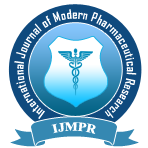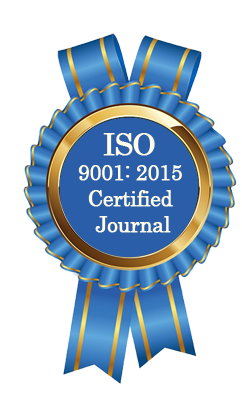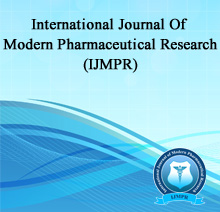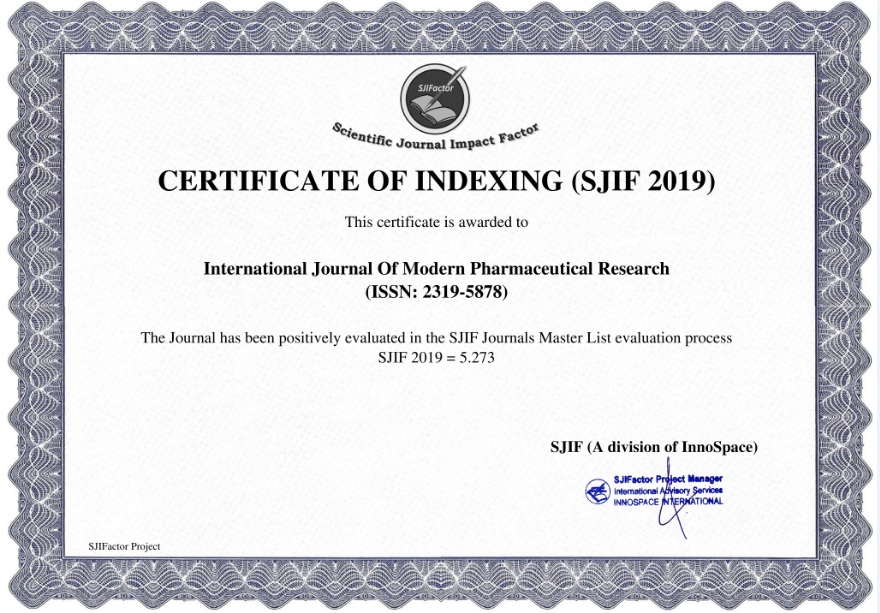SOIL FUNGAL COMMUNITY STUDY OF TERMITE NEST GROWN ON ORNAMENTAL PLANTS IN KMGIPSR AND TAGORE COLLEGE CAMPUS, PUDUCHERRY, INDIA
Surendra S., Ramkumar R., *B. K. Nayak and A. Nanda
ABSTRACT
Fungi are well known for their accessibility from different sources in particularly soil and their involvement in providing fruitful bio-compounds for the purpose of bioprospecting. Fungi are significant decomposers in ecosystems, ensuring the assimilation of dead plants and animals into smaller molecules that can be used by other organisms of the ecosystem. During the present work, termite nest soil samples of different plants available in Tagore and KMGIPSR campus were studied to record the incidence of fungal concentration and their composition. Aspergillus spp was found as the dominant one and it was followed by Penicillium chrysogenum and Sterile mycelia. One-gram termite nest soil was found to harbour 100 to 500 fungal spores in our study. The results clearly indicated that Aspergillus niger, Aspergillus awamori, Aspergillus terreus and Penicillium chrysogenum, Penicillium citrinum and sterile mycelia were of high occurrence in termite nest soil and other fungi like Candida, Fusarium, Trichoderma and Drechslera were isolated with least numbers. Among the isolates, aspergilli, penicilli and white sterile mycelia were dominant in termite nest soils due to their high sporulation capacity and high adaptability nature. Plants like, Tectona grandis contributed the maximum number of fungal species followed by Samanea saman among all the six plants by holding the termite nest soils on their trunks. The frequency of mycoflora in the termite nest soils were found to be regulated by many factors like the available nutrients on the trunk, seasonal humidity, prevailing temperature, soil type and its texture.
[Full Text Article] [Certificate Download]


